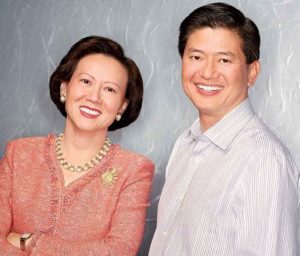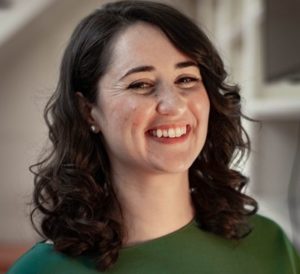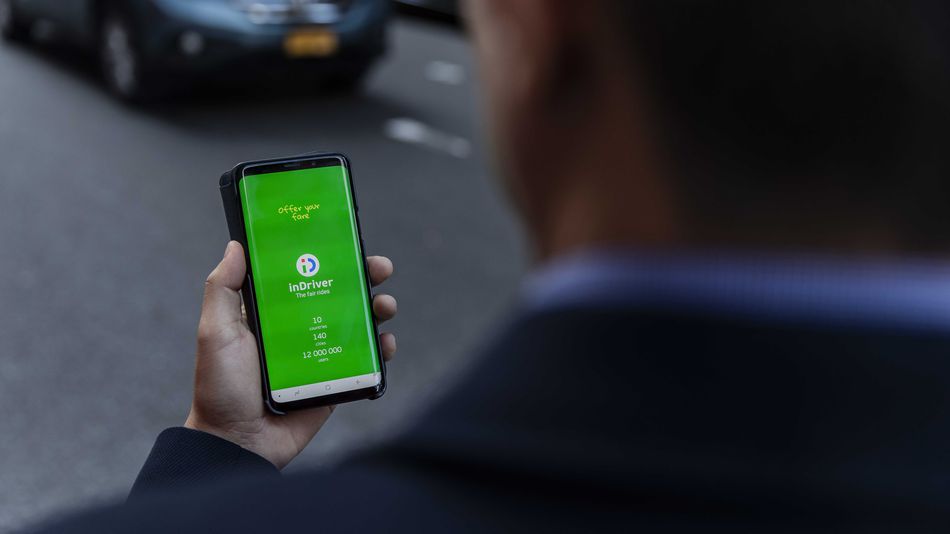Live Together, Work Together : The Husband-Wife Duo Behind Success of Linksys
Being smart, frugal and not risk-averse helped Janie and Victor Tsao transform a small idea into a multi-million-dollar empire. Any person who uses WiFi in their homes would have heard about Linksys, a leading router manufacturer which now is owned by Cisco. Here’s a look at how the dynamic duo built a $500 million powerhouse that shaped the home networking industry.
The Founders
Janie Tsao, who was born Wu Jian, in the year 1953, in Taiwan is married to Victor Tsao, and the two of them together co-founded Linksys. The Taiwanese-native is an American entrepreneur, who sold her company to Cisco for over $500 million in 2003.
Janie pursued her bachelor’s in English literature from the Tamkang University in Taiwan. It was at the university that she met and befriended her eventual companion and business associate, Victor Tsao. The two of them fell in love, and later, moved to the United States in 1975, where they got married. The husband and wife duo then moved to Chicago in 1977, where they attended graduate school together, and later settled in California. Janie taught Information Technology at Sears Roebuck for over eight years. She has also worked as a systems manager at TRW and Carter Hawley Hale.

Victor Tsao, born in 1951 in Taiwan, pursued his Bachelor’s in computer science at the Tamkang University in Tamsui. After moving to the US, he obtained his Master’s in Computer Science from the Illinois Institute of Technology, in 1980. Victor received an MBA from Pepperdine University. On completing his education, Victor worked at reputed companies, such as Kraft Foods, T.R.W., and even Taco Bell.
Founding Linksys
Victor was 37, and working at Taco Bell, while Janie was 35 and working at Carter Hawley Hale, when they chose to start their new venture. As Victor was at a higher position at his job, Janie chose to quit hers, and launch D.E.W International. One of their associates gave them the idea of marketing connection wires, and this led to them renaming their venture Linksys. The business started as a small enterprise within the couple’s garage, and by 1991, owing to the success of its first product had generated enough profit to encourage Victor too to quit his job and work on their venture full-time.
The Tsaos had initially created the company by utilising their life savings worth $7,000. By 1991, Linksys had moved offices twice, ending up finally in a small, yet comfortable 2,000-square-foot office. Each month they sold over 8,000 products and slowly, but surely, expanded from connectors to Ethernet hubs, and cords.
When they were just starting, Victor drew no salary even while working more than 100 hours a week. He would approach US dealers during the day, and then talk to Taiwanese manufacturers at night, staying up till 3 AM on most days. The family during this period survived on the $2,000 a month salary that Janie drew. But all this hard work paid off, and by 1997, Linksys was making $32.1 million, which doubled to $65.6 million by 1998. Linksys moved once again but this time, to a massive 20,000-square-foot office.
Janie Tsao handled sales and even got the retailers Fry’s Electronics and Best Buy onboard to sell their products. These deals proved to become significant breakthroughs for the company, as it helped them triple their revenue from $21.5 in a short span of two years.
The Resounding Success
The couple has often mentioned how starting such a company was a huge gamble because they had two toddlers, aged 2 and 4 at the time. Victor often pulled in over 100 hours a week when the company was in its early days. The company’s breakthrough came when in 1999, Victor designed and created a router which cost $199. As this was the first router that cost less than $300, sales grew exponentially. That particular product alone had by 2000, raked in over $206.5 million for Linksys.
Often hailed as the maker of the modern home networking system, the company had by 2004 established itself as the main player, which controlled 49% of the networking market. With sales crossing $538 million, the success of the company started attracting significant media attention. So much so, that in 2002, Cisco Systems approached the Tsaos, and on March 2003, the couple decided to sell their company.
In 2003, the couple sold Linksys to Cisco Systems for $500 million, worked there as senior vice presidents until 2007. Following this, the pair called its quit, shifting their attention to Miven Venture Partners, which is an investment agency they had established back in 2005.
The couple credit their no-nonsense attitude for the success of Linksys, as they took risky steps at the right time, always got their products out faster than their competitors, and even kept costs down. There is much we can learn from this story of trials, tribulation and success, as it is one that celebrates hard work and determination.

Being a cinephile with a love for all things outdoorsy, Athulya never misses a chance to chase inspiring stories or poke fun at things, even when the subject is herself. Currently pursuing a degree in mechanical engineering, she is someone innately interested in technical and scientific research. Music reviews and op-eds define her as they allow her to explore different perspectives. Though sometimes she thinks she makes more sense playing the guitar than she does while writing.












